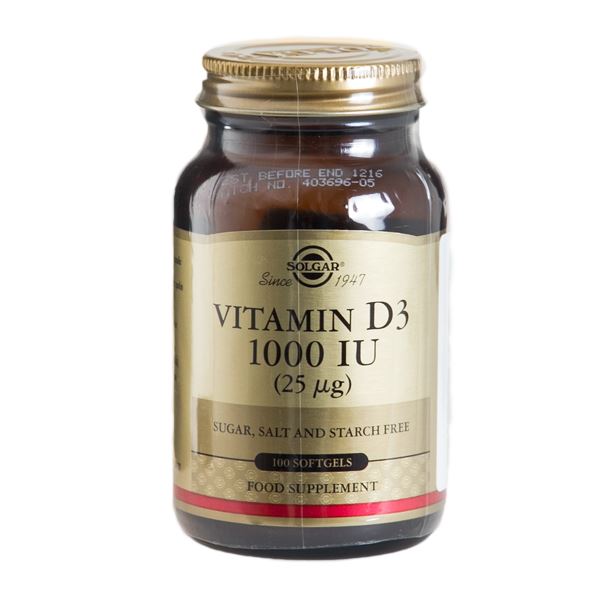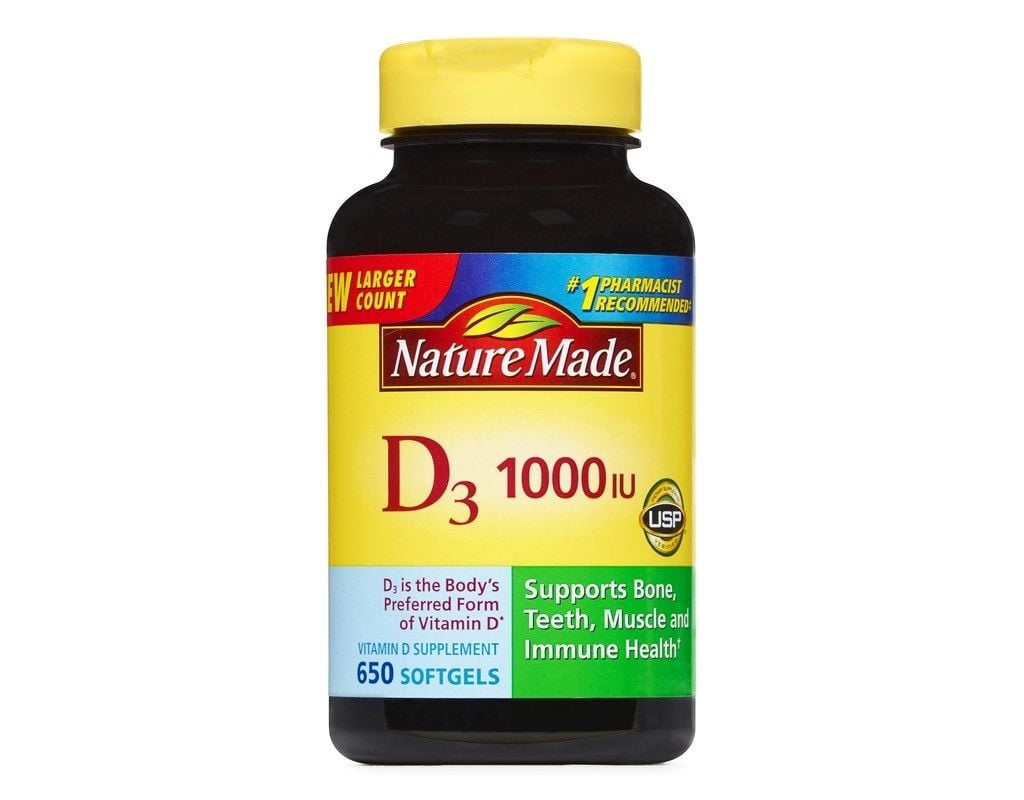
The IOM also states that a blood value of over 20 ng/ml (50 nmol/l) should meet the vitamin D needs of 97–98% of healthy people ( 20).


#Vitamin d3 25 mcg skin
These include your age, skin color, current blood vitamin D levels, location, sun exposure and more. Your vitamin D needs depend on a variety of factors. However, many experts believe the guidelines are far too low ( 13. In the US, current guidelines suggest that consuming 400–800 IU (10–20 mcg) of vitamin D should meet the needs of 97–98% of all healthy people ( 12). D3 is twice as effective at raisingīlood levels of vitamin D, which is linked to a variety of health benefits. Research also shows that vitamin D aids your immune system and may reduce your risk of heart disease and certain cancers ( 8).Ī low blood level of vitamin D is linked to a greater risk of fractures and falls, heart disease, multiple sclerosis, several cancers and even death ( 9, 10, 11).įorms of vitamin D in the diet: D2 and D3. These minerals are important for healthy bones ( 7). The main role of vitamin D in the body is to manage blood levels of calcium and phosphorus. Interestingly, D3 is twice as effective at raising blood levels of vitamin D as vitamin D2 ( 6). Later, the storage form is converted by the kidneys to the active form of vitamin D that’s used by the body ( 5). This is the form that is measured in blood tests.
#Vitamin d3 25 mcg series
The UV rays from sunlight convert cholesterol in your skin into vitamin D3 ( 1).īefore your body can use dietary vitamin D, it must be “activated” through a series of steps ( 5).įirst, the liver converts dietary vitamin D into the storage form of vitamin D. However, sunlight is the best natural source of vitamin D3. Vitamin D3 (cholecalciferol): Found in animal foods like salmon, cod and egg yolks.Vitamin D2 (ergocalciferol): Found in plant foods like mushrooms.

There are two main forms of vitamin D in the diet: These vitamins are absorbed well with fat and are stored in the liver and fatty tissues.

Vitamin D belongs to the family of fat-soluble vitamins, which include vitamins A, D, E and K.


 0 kommentar(er)
0 kommentar(er)
